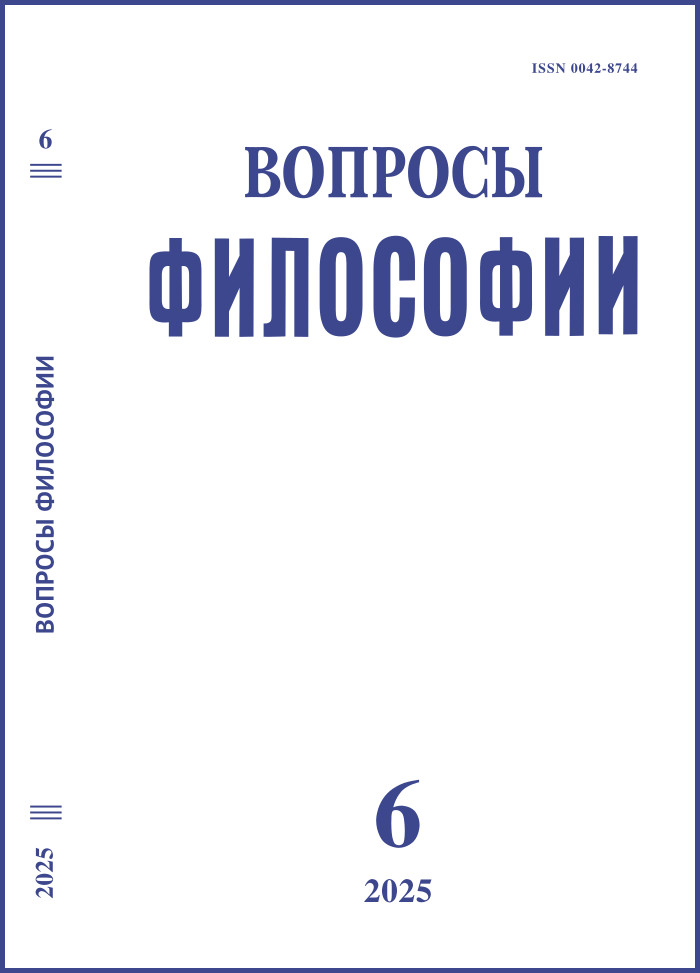Irreversible Risks as an Object of Regulatory Taxonomy in Law: Epistemological Context
DOI:
https://doi.org/10.21146/0042-8744-2025-6-94-104Keywords:
jurisprudence, regulatory practices, irreversible risks, taxonomy of innovations, goals of law enforcement, experts’ decisionsAbstract
The article focuses on the explication of epistemological and philosophical-legal problems related to the legal regulation of irreversible risks. The typology of irreversible risks is given (based on the ideas of K. Sunstein). The epistemic significance of regulatory decisions for scientific practice is substantiated. The main epistemological difficulties associated with the design of regulatory decisions are explicated: the variety of temporal perspectives in assessing the irreversibility of risks, reliance on theoretically unfounded expert consensus, suggesting the possibility of situational intervention by regulatory authorities (subject to changes in scientific knowledge about the nature of risks). At the same time, the connection between the search for practical solutions in the field of regulation of innovations and risks, new to jurisprudence, and the understanding of the classical dilemma of the philosophy of law “norm vs sovereign decision” is demonstrated. This dilemma, on the one hand, is understood as the main subject of discussions about the nature, boundaries and legitimacy of political authority. On the other hand, the regulation of risks as exceptional cases is considered as a special
case of conflict of goal-setting in law enforcement (uniformity vs. situational
effectiveness).

